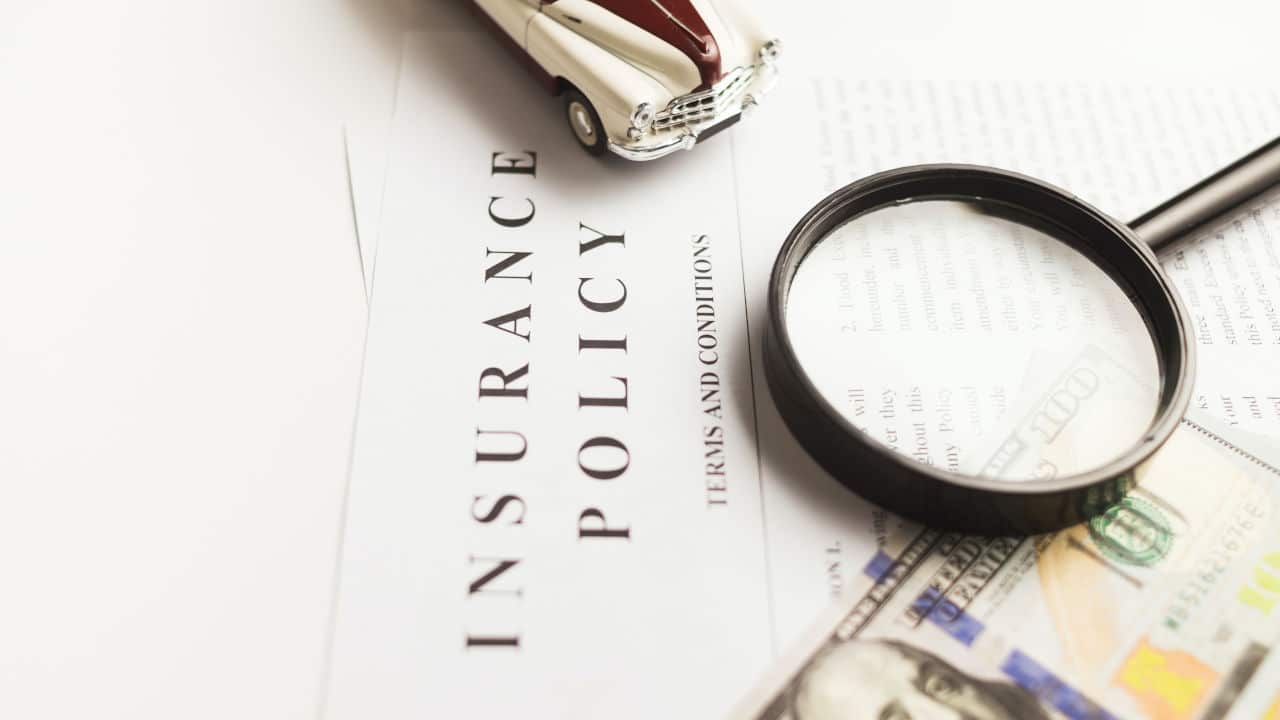According to an article by The Balance titled What Are Insurance Policy Limits? an insurance policy limit is defined as “the maximum amount an insurer will pay for a particular type of coverage.” It was further explained that once an insured hits the policy limit, any leftover expenses are his or her responsibility.
From what has been stated above, it can be inferred that an insurance company cannot pay a victim of the insured above the policy limit. If you have an injury that would need more compensation than what is provided in the defendant’s policy limit, it may be difficult to recover the full damages.

However, suppose you have a seasoned personal injury attorney by your right side and an experienced and highly factual litigation animation by your left side. In that case, you stand a chance to get settlements above the policy limit.
The Role of Litigation Animation in Receiving Damages More Than the Policy Limit
Litigation animations are essential in court cases because they help clarify complex and hidden facts. They also help portray the progression of the preceding events that led to the accident and the progression of the injury in the victim.
Without proper care and expertise, policy limits may cause hardship to victims of accidents if the appropriate steps are not taken into consideration. To be eligible for higher compensation than what is provided by the policy limit, you must be ready to prove the extent of your damage and the financial responsibility that has been placed on you because of the injury caused by the car accident.
One of the easiest ways to prove the injury is through litigation animation.
Litigation animation will show the incident from different point-of-views and enumerate the damage that has been caused to the victim’s body and the vehicle in the case of a car accident.
With the help of an expert witness, it would be easy to prove damage and get appropriate settlements indisputably. This is why an attorney needs to find out the policy limit on the defendant’s insurance to know how much preparation should be put into the case.
Processes To Follow To Receive Damages Beyond Policy Limits
Four processes can be set in motion to acquire more damages than what is provided for in the insured’s policy limits. The use of these processes depends on the peculiarity of each case. They are briefly explained below.
- Recovering the damages directly from the defendant
This is the most visited option when there is an issue with policy limits. The defendant may be found liable to pay the balance of the damages required by the plaintiff if proper steps are taken in law per the jurisdiction where the matter is tried. To recover damages from the defendant, the attorney has to investigate to know if the defendant has an asset that would be equivalent to the damages required.
2. Suing additional defendants
In some cases, there can be additional defendants who, by law, are determined to be financially liable. This comes to play mainly in a situation where an accident occurred when the defendant was in the course of duty for his employer. The law makes such employers vicariously liable to the plaintiff and must be ready to pay what is required as damages.
In addition to this, if the accident was caused by the joint action or omission of more than one person, the plaintiff can recover damages from all of them.
3. Recovering damages under an umbrella policy
A person can insure a property with more than one insurance company. Therefore, if the defendant has insured his car with more than one insurance company, the other insurers can recover the rest of the damages.
4. Suing the insurance company for not acting in good faith
An insurance company can be said to act in bad faith if it refuses your accident claim by unreasonably withholding the benefits you are entitled to based on your injury. If the insurance company refuses settlement, a case can be filed against it.
Going on, if the jury awards damages beyond the policy limit against the insurer, it would be forced to pay the amount specified. This type of settlement is seen in the case of Johansen v. California State Automobile Association Inter-Insurance Bureau.





